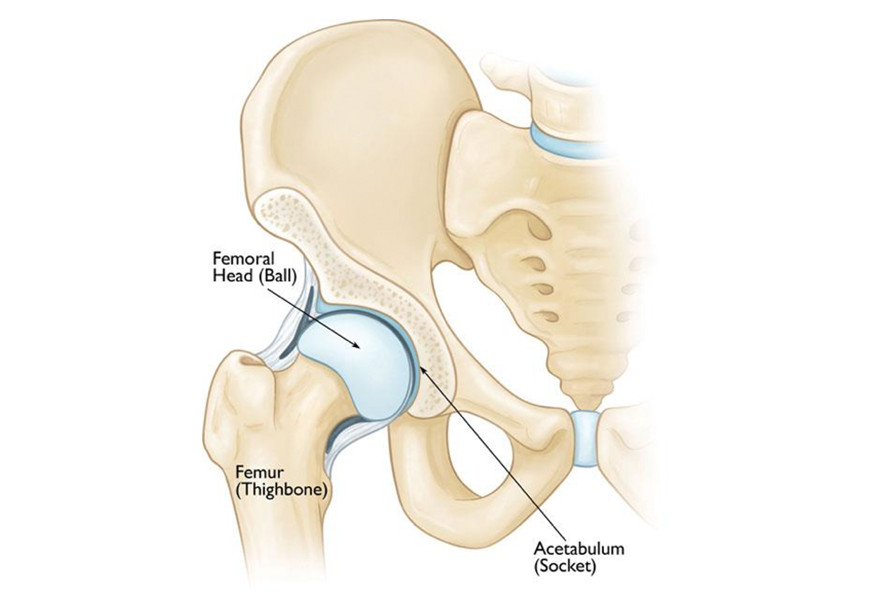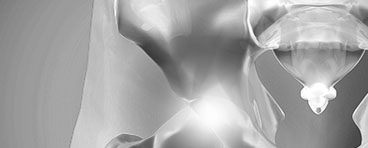Click on the links below to find out more
Perthes Disease (Legg-Calve-Perthes Disease)
OVERVIEW
Perthes disease is a rare childhood condition that affects the hip. It occurs when the blood supply to the head of the femur (thighbone) is disrupted. Without an adequate blood supply, the bone cells die, a process called avascular necrosis.
Although the term “disease” is still used, Perthes is a complex process of stages that last several years. As the condition progresses, the weakened bone of the head of the femur (the “ball” of the “ball-and-socket” joint of the hip) gradually begins to break apart. Over time, the blood supply to the head of the femur returns and the bone begins to grow back.
Treatment for Perthes focuses on helping the bone grow back into a rounded shape that fits into the socket of the hip joint, to allow smooth movement, and prevent hip problems in adulthood.
The long-term outcome for children with Perthes depends upon how round the ball and smooth the ball and socket joint is when the child stops growing. After 18 months to 2 years of treatment, most children return to daily activities without major limitations.

The hip is a “ball-and-socket” joint. The rounded head of the femur easily fits into the cup-shaped acetabulum to allow for a wide range of motion.

Dr David Slattery
FRACS MBBS (Hons) LLB FAOrthA
Dr David Slattery is an orthopaedic surgeon based in Melbourne with over 10 years of experience, with a special focus on hip and knee joint preservation and replacement. With qualifications in both medicine and law, he brings a unique and comprehensive approach to patient care. His surgical techniques are minimally invasive and evidence-based, designed to reduce pain and enhance recovery.
Trained in leading institutions across Europe and the USA, Dr Slattery offers advanced treatments for a wide range of joint conditions. He is deeply committed to patient outcomes and takes pride in tailoring treatment plans to each individual. Whether you’re an athlete or seeking relief from chronic joint pain, his goal is to restore function and improve your quality of life.







